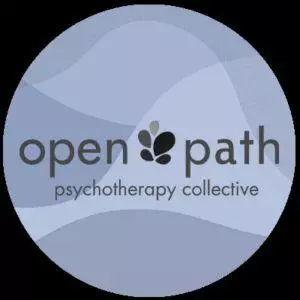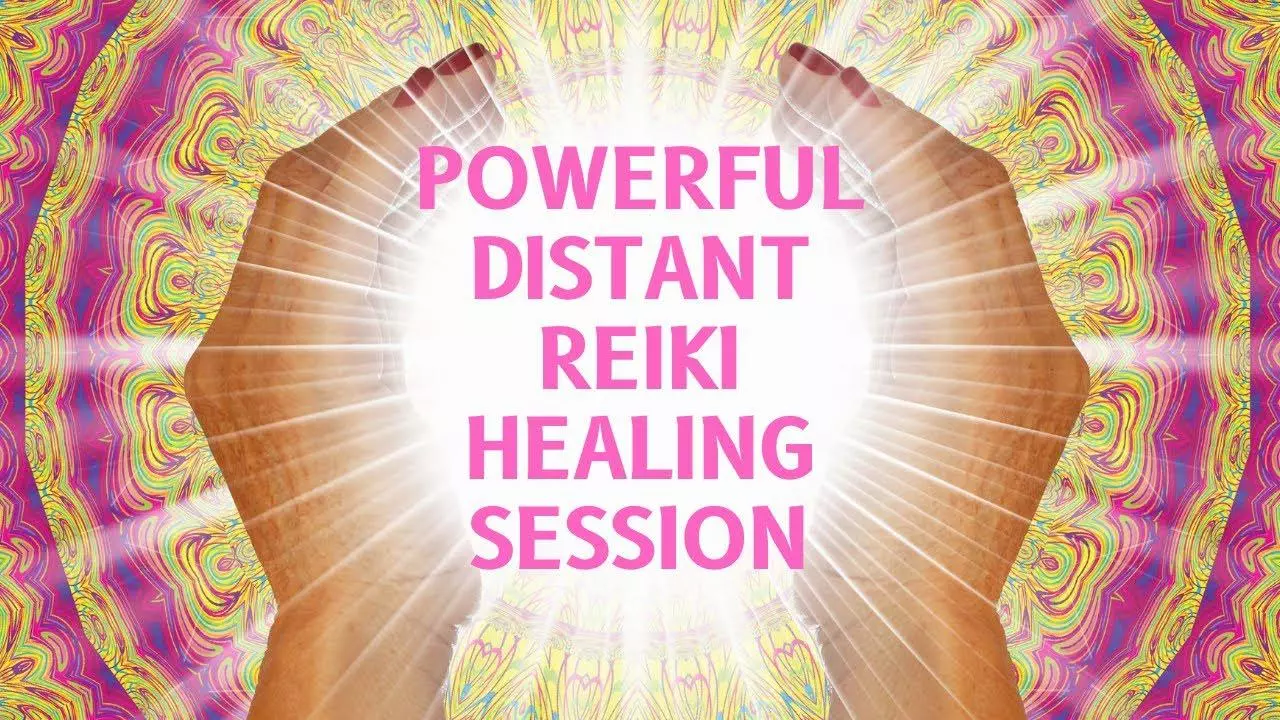Can Quitting Smoking Reverse Aging?

Within just an hour, your heart rate and blood pressure will begin to decrease, while you also begin experiencing improved lung function as well as less coughing and wheezing.
Your skin will become brighter, and your teeth won’t be stained by tar. Smokers who quit can add years to their life expectancy compared to those who keep smoking.
Reduced risk of heart disease
Smoking greatly increases the risk of cardiovascular disease. Following cessation, coronary heart disease and stroke rates decrease swiftly; their risk continues to decline over time as does peripheral arterial disease severity.
After quitting smoking, the lungs heal and become more functional, meaning oxygen flows more freely throughout the body and excess phlegm production ceases. Smokers may notice their skin appears healthier as well as no longer smelling of cigarettes.
Platelet function begins to normalize within days after smoking cessation and blood clotting rates improve significantly, as does shear stress and vascular stiffness reduction, shear stress reduction and subclinical atherosclerosis reduction; furthermore it improves fertility levels both male and female; this also increases chances of successful pregnancies for pregnant women. Additionally, smoking cessation lowers the risk of venous thromboembolism, reduces shear stress, shear stress reduction, vascular stiffness reduction as well as subclinical atherosclerosis development while improving fertility levels both male and female as well as increasing chances of healthy pregnancies for pregnant women.
Reduced risk of lung cancer
After giving up smoking, their risk of lung cancer significantly decreases due to how cigarette smoke damages cells in their lungs and causes damage that creates “driver mutations”, allowing cells to divide uncontrollably and become cancerous.
Studies have proven that those who quit smoking live longer. According to one investigation, men who chose quitting lived 6.6 years longer than their counterparts who continued smoking.
Smoking has also been linked to age spots and hyperpigmentation on the skin, increasing your risks of low birth weight babies during gestation. Quitting smoking before conception or employing methods to alleviate stress may reduce these risks; speak to your healthcare provider about these options; they may prescribe medications or nicotine replacement therapy that will assist you in giving up smoking.
Reduced risk of emphysema
Stopping smoking allows your body to rid itself of the toxins found in cigarette smoke, leading to easier breathing and decreased coughing episodes. Furthermore, skin may look healthier while breath may smell fresher. You could even reduce risk for heart attacks or stroke by forgoing cigarettes altogether!
Researchers have discovered that former smokers who quit before age 35 experienced lower death rates than those who continued smoking after that age, regardless of how long they had smoked for. It’s never too late to quit; now is always the right time!
If you’re having difficulty quitting smoking, seek assistance from your healthcare provider for smoking cessation medications or nicotine replacement therapy (NRT) such as gum and patches to help alleviate withdrawal symptoms and cravings while simultaneously helping manage stress levels and adopt healthy lifestyle behaviors such as regular exercise and a balanced diet.
Reduced risk of bronchitis
Smokers are at an increased risk for developing serious forms of bronchitis and pneumonia, but quitting smoking may reduce these risks significantly. Cigarette smoke damages lung tissue, leading to bacterial infections as well as producing excess mucus production which clogs airways and makes breathing difficult.
Once you stop smoking, your lungs will become healthier, with improved breathing quality and less coughing or wheezing; plus your breathing capacity will increase allowing more exercise!
Within 8 hours of quitting smoking, carbon monoxide levels will return to normal and oxygen will reach more tissues and blood vessels reducing disease risk and heart attacks.
Reduced risk of gum disease
Smoking is one of the primary causes of gum disease, which can destroy bone support for teeth and lead them to loosen or fall out. Nicotine constricts blood vessels, depriving gum tissue of essential oxygen and nutrients needed to heal and fight infection.
Studies have demonstrated that gum disease can lead to tooth loss, with smokers significantly more likely than nonsmokers losing their teeth as a result. Quitting smoking may help protect you against serious dental issues.
Not just cigarettes but all tobacco products (pipes, chewing tobacco and vaping) can have serious repercussions for oral health. Use of any tobacco product can harm gums – which in turn increases risk for gum disease – leading to inflammation, redness, bleeding and loss of tissue resulting in periodontitis – an infection of your roots that damages them and leads to loosening or falling out of teeth.
Reduced risk of stroke
Smoking increases your risk of stroke by inhaling harmful toxins and carbon monoxide into your bloodstream, but if you decide to quit, these substances begin to diminish in your system and oxygen reaches your heart and muscles more easily – immediately dropping after quitting and continuing to reduce over time – eventually equalling that of someone who never smoked in 15 years time.
After stopping smoking, weight may fluctuate, but should eventually settle down. If you find yourself feeling more hungry than usual, try stocking up on healthy snacks to combat cravings for junk food and exercise to boost mood and combat stress. Meditation, yoga or brisk walking may also provide beneficial relief from anxiety – less harmful activities than smoking! These will all contribute to maintaining a healthier lifestyle.
Reduced risk of Alzheimer’s disease
Smokers are at greater risk for numerous medical conditions, including cancer, cardiovascular disease, emphysema and dementia. Studies have also shown that people who smoke have higher chances of Alzheimer’s dementia than nonsmokers.
According to a 2021 study, those who quit smoking had lower risks of Alzheimer’s and cognitive decline compared to those who continued smoking, as well as faster recovery of normal brain function once they no longer indulged.
The results indicate that combining multiple low-risk lifestyle factors to lower Alzheimer’s risk can significantly lower its incidence, such as eating well, engaging in regular physical activity, not smoking and cognitively stimulating activities. Furthermore, successful smoking cessation reversing its well-known negative impacts on methylomic aging could provide compelling incentive for smokers to stop for good – this observation could serve as an additional motivation to kick the habit for good.
Reduced risk of dementia
Smokers have an increased risk of dementia due to smoking’s effect on blood circulation and oxygen levels, which may cause cognitive decline that ultimately results in dementia. Quitting can significantly lower this risk.
Recent research indicates that quitting smoking was associated with reduced dementia risk compared to continuing. The data for this analysis came from Korean National Health Insurance Services database and examined smoking habits among a cohort of patients who had experienced an ischemic stroke.
Researchers conducted analyses comparing current smokers to former and sustained smokers as well as never smokers, and those who never smoked. Their research demonstrated that those who quit smoking had significantly decreased risk for dementia and vascular dementia than those who continued. Younger participants saw particularly noticeable benefits; analyses stratified by age, sex and alcohol intake produced similar findings.
Reduced risk of menopause
Menopause is an inevitable part of growing older, yet smoking makes the experience considerably more unpleasant. Women who smoke experience more hot flashes, night sweats and other symptoms as they transition through menopause transition. They may also lose estrogen which could result in health complications like osteoporosis.
Researchers examined data from the Pittsburgh Lung Screening Study, a community-based cohort including current and former smokers undergoing lung cancer screening with low-dose CT scans. Results of their analysis demonstrated that women smokers experienced an accelerated decrease in lung function as well as a greater risk for respiratory disease than nonsmokers.
Researchers discovered that smoking patterns were more crucial than either its amount or history. When compared with never smokers, those who consumed moderate to heavy quantities of cigarettes had a significantly increased risk of early natural menopause.
Reduced risk of osteoporosis
Studies have revealed that smokers tend to have lower bone density and greater risks of fracture due to smoking’s impact on hormones, nutrient absorption, bone-forming cells and bone metabolism – all which contribute to more rapid bone loss.
Smoking inhibits bone formation and increases bone resorption, leading to osteoporosis. Furthermore, smoking raises levels of cortisol and dehydroepiandrosterone in one’s body, interfering with hormones responsible for bone health.
Researchers have reported that people who stop smoking experience significant improvements to bone density within six weeks, and more so among women going through menopause. Furthermore, smoking cessation can improve fertility levels for women allowing them to more easily have children later in life or even earlier than expected.





